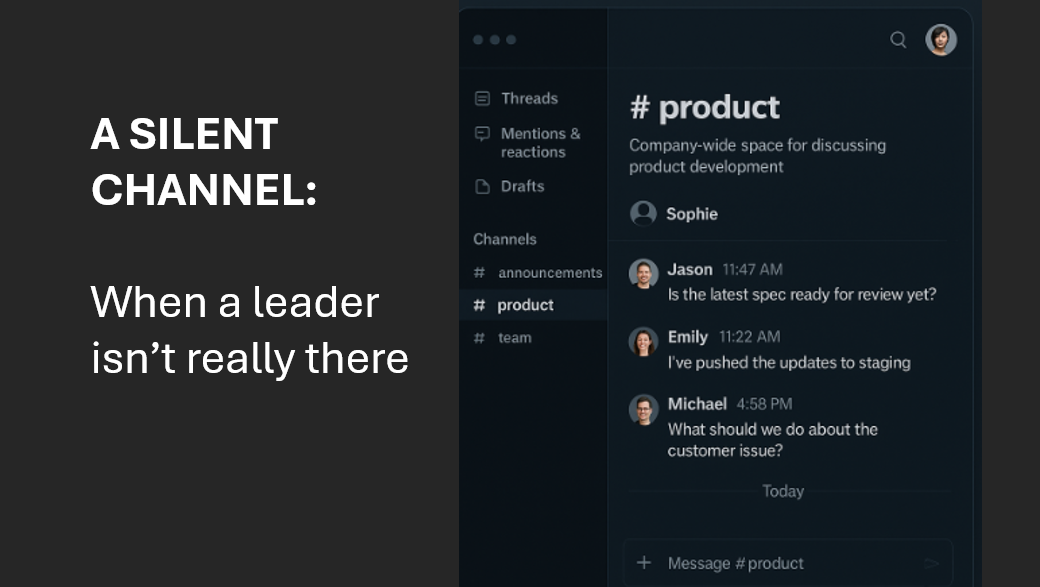In today’s complex business environment, the ability to build and lead high-performing teams has become the defining characteristic of exceptional leadership. But what exactly makes a team truly high-performing, and how can leaders cultivate these qualities consistently? Let’s explore the essential ingredients, behaviours and strategies that transform ordinary groups into extraordinary teams.
Hiring Above Your Level: The Ego-Free Leadership Approach
Truly exceptional leaders make a conscious decision to recruit people who have the potential to surpass them. This requires setting aside ego and embracing the fundamental truth that your success as a leader is measured by your team’s collective achievement, not your individual brilliance.
The goal is to bring people in, dedicate energy to helping them reach their potential, and be genuinely comfortable with team members who know more than you do in their respective areas. This approach creates an environment where expertise flows naturally, and the best ideas rise to the surface regardless of their source.
Actionable Takeaway: In your next hiring process, actively look for candidates who excel in areas where you’re merely competent. Create interview questions that reveal their potential to grow beyond their current capabilities.
Creating Space for Individual Leadership
High-performing teams operate on the principle that everyone is “a bit of a leader.” Rather than maintaining rigid hierarchical structures, these teams allow individuals to step forward and lead within their areas of discipline and expertise. This requires leaders to be comfortable moving between different positions – sometimes at the front providing strategic clarity, sometimes in the middle as part of the pack, and sometimes at the back, quietly enabling others to shine.
The key is developing situational awareness about when to lead from different positions. Strategic moments require you at the front, collaborative work finds you in the middle, and team successes often call for you to step back and let others take the spotlight.
Actionable Takeaway: Regularly ask yourself, “What space am I occupying right now, and is it the right space for this moment?” Practice consciously choosing when to lead from the front, middle or back based on what the situation demands.
The Power of Constructive Discomfort
One of the most overlooked aspects of high-performing teams is their ability to embrace and navigate discomfort constructively. These teams understand that growth happens at the edge of comfort zones, and they’ve learned to see challenging conversations, difficult decisions and stretch assignments as opportunities rather than threats.
This doesn’t mean creating unnecessary stress or conflict. Instead, it means building psychological safety alongside appropriate challenge. Team members need to know you have their back while also understanding that you won’t do their work for them. The goal is creating an environment where people feel safe to enter uncomfortable situations knowing they have support, not rescue.
Actionable Takeaway: Next time a team member faces a challenging situation, resist the urge to take over. Instead, ask: “How can I support you while you handle this?” Offer to be present without taking control.
Accountability and Alignment: The Non-Negotiables
High-performing teams are crystal clear on outcomes, values and individual roles while maintaining the flexibility to adapt as circumstances change. This requires leaders to establish what good looks like, what needs to be true for success and, equally important, what shouldn’t be true.
Clear communication becomes the backbone of this alignment. Everyone must understand not just their individual role but how it connects to the broader mission. However, this clarity shouldn’t create rigidity. The best teams can pivot and adapt their roles based on changing priorities while maintaining accountability to the shared outcomes.
Actionable Takeaway: Conduct a team alignment session where you collectively define success metrics, non-negotiable values, and role boundaries. Make this a living document that you revisit quarterly.
The ‘How’ Over the ‘What’: Behaviour as the Differentiator
Whilst meeting targets and achieving outcomes obviously matter, what truly distinguishes high-performing teams is how they achieve these results. The behaviours, interactions and cultural norms they establish become their competitive advantage and sustainability factor.
High-performing teams demonstrate several key behavioural characteristics:
- Self-sustaining excellence: They maintain high standards and performance even when leadership isn’t present.
- Constructive agitation: They’re willing to challenge the status quo and speak uncomfortable truths.
- Genuine care: Team members step outside their defined roles to support colleagues and shared outcomes.
- Adult-to-adult communication: They can debate ideas rigorously without making it personal.
- Growth mindset: Everyone assumes they can learn from everyone else.
Actionable Takeaway: Identify one behavioural norm your team needs to strengthen. Design specific practices or rituals that reinforce this behaviour, such as regular ‘challenge sessions’ or cross-functional support initiatives.
Feedback as Continuous Calibration
Rather than treating feedback as formal, scheduled events, high-performing teams embed continuous calibration into their daily interactions. This isn’t about scripted performance reviews but about developing the comfort and skill to have real-time conversations about what’s working and what isn’t.
The key is creating an environment where feedback flows naturally in all directions – up, down, and across the team. This requires vulnerability from leaders who need to be open to hearing when they’re not getting it right and team members who feel empowered to speak truth to authority.
Actionable Takeaway: Model real-time feedback by regularly asking your team: “What should I continue doing, start doing, or stop doing?” Make this a natural part of your interactions, not a formal process.
Recognising High Performance: Beyond the Obvious Metrics
Knowing whether your team is truly high-performing requires looking beyond traditional metrics to more nuanced indicators. While commercial results matter, the most reliable signs of high performance are often behavioural:
- The team maintains excellence without your constant presence.
- They’re willing to have difficult conversations and challenge each other constructively.
- Other parts of the organisation might find them “difficult” because they don’t just say what people want to hear.
- They demonstrate care by supporting each other beyond their defined roles.
- They show intellectual humility and genuine curiosity about learning from one another.
Remember that high-performing teams aren’t always the most popular. They may agitate and challenge in service of better outcomes, which can create temporary discomfort but leads to sustainable excellence.
Actionable Takeaway: Create a ‘high-performance checklist’ that goes beyond metrics to include behavioural indicators. Use this to regularly assess your team’s development.
The Daily Practice of Team Development
Building high-performing teams isn’t a destination but a continuous journey requiring daily intentionality. As a leader, you must treat team development as a muscle that needs regular exercise and attention. This means:
- Being intentional about your own leadership development: If you don’t invest in yourself, your team won’t prioritise their growth either.
- Finding learning opportunities in everyday interactions: Leadership lessons are available in every meeting and conversation if you’re paying attention.
- Staying relevant to your team’s evolving needs: The workforce is changing rapidly, and leadership approaches must adapt accordingly.
- Making the connection between good leadership and commercial outcomes: Help people understand that investing in team development drives business results.
Actionable Takeaway: Block time weekly for leadership development, whether through observation, reading, coaching, or reflection. This time should be as non-negotiable as any other business priority.
The Altitude Principle: Working On vs. In the Team
One of the biggest traps leaders fall into is working at the wrong altitude; getting pulled into the tactical work of the team rather than focusing strategically on the team.
This means delegating appropriately, resisting the urge to solve every problem yourself, and maintaining focus on team development, strategic direction, and culture building. It’s about flying at the right altitude for your role while ensuring your team has what they need to excel at theirs.
Actionable Takeaway: Audit your weekly activities. What percentage of time do you spend on strategic team development versus tactical execution? Aim to spend at least 30% of your time working on the team rather than in it.
Conclusion: The Leader’s Mindset Shift
Building truly high-performing teams requires a fundamental shift in how leaders think about success. It’s moving from being the hero to being the hero-maker, from having all the answers to asking the right questions, from avoiding discomfort to leveraging it for growth.
The most successful leaders understand that their primary job isn’t to be the smartest person in the room but to create conditions where the collective intelligence of their team can flourish. This requires courage, vulnerability, and a genuine belief that every individual and every team has the potential for high performance.
As you apply these principles, remember that team development is both an art and a discipline. It requires consistent attention, thoughtful adaptation, and the patience to invest in long-term capability building rather than short-term fixes. The payoff – sustainable high performance that continues even when you’re not in the room – makes this investment one of the most valuable you can make as a leader.
Start with believing your team can be high-performing, then commit to the daily practices that make that belief a reality. The journey may be challenging, but the destination – a team that consistently delivers exceptional results through exceptional collaboration – is worth every effort.
In the latest episode of our new podcast, ‘Impactful Conversations’, we explore the topic of this article in more depth with our guest, Rachael Howell. You can listen here or wherever you get your podcasts.
Exigence provides a full suite of evidence-based business coaching solutions, driven by a desire to help individuals and teams to achieve their performance potential. Find out more here or contact us to talk through how we can support you.





